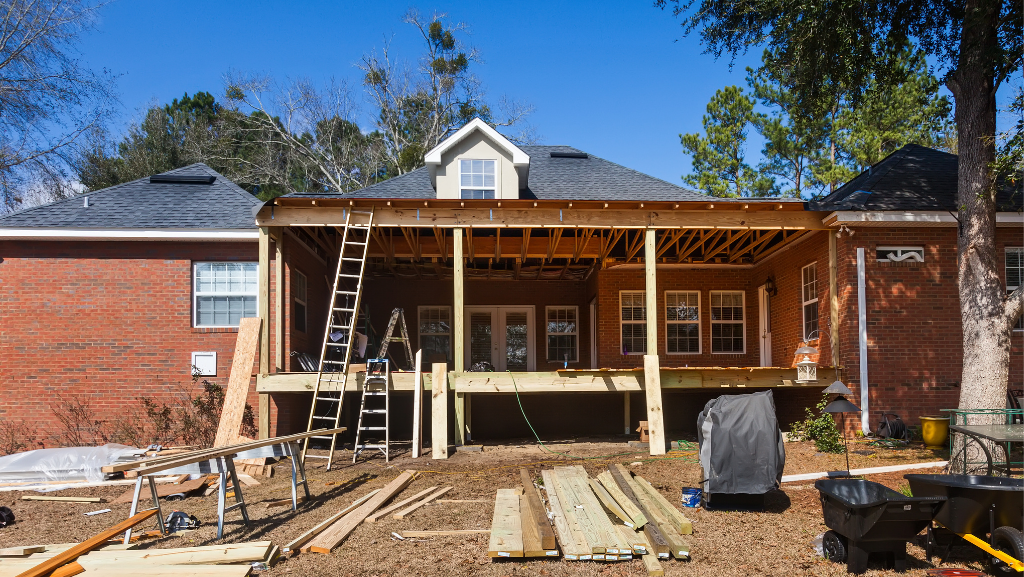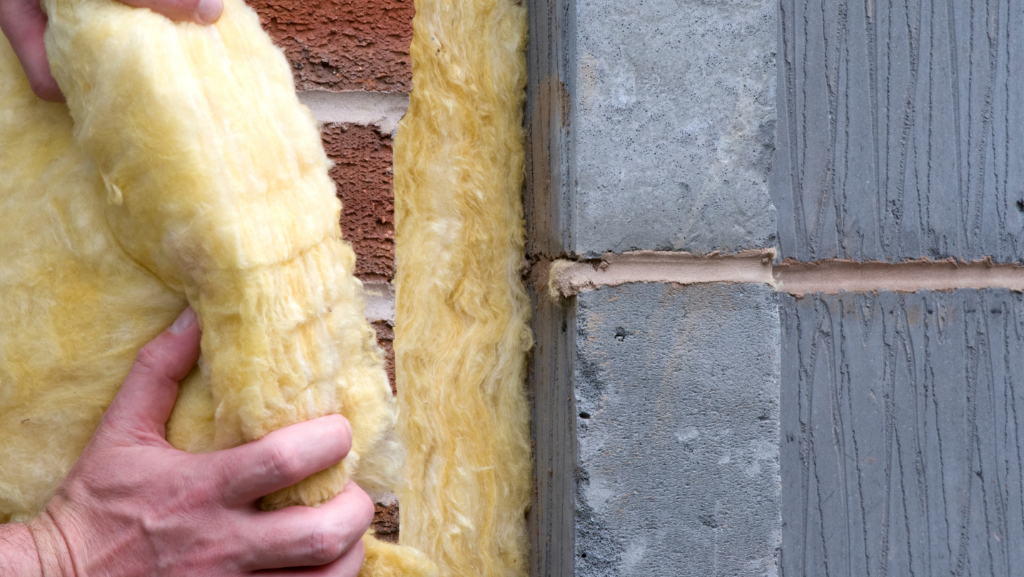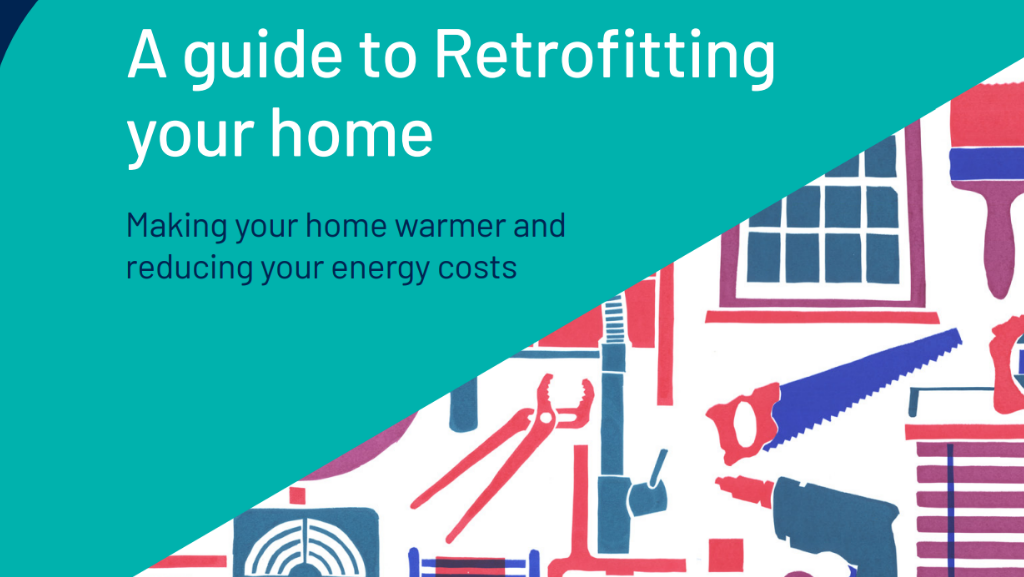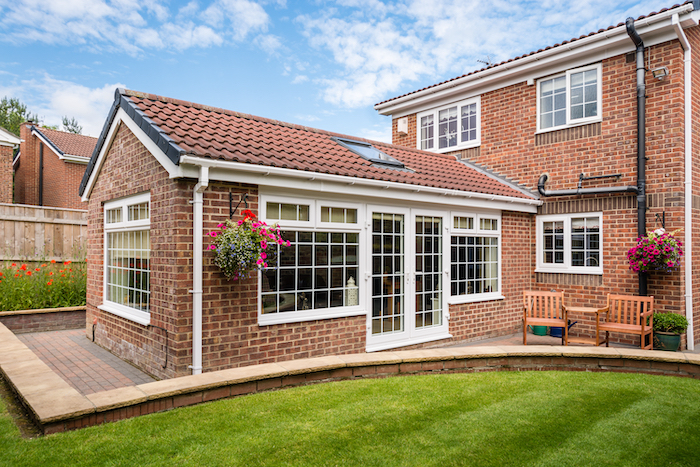Retrofitting your home is a phrase that keeps popping up on social media and in the news, but what is it?! Find out in our definitive guide to retrofitting, including what measures we recommend and what measures you will need to plan carefully. As always, if you have a burning question that we haven’t answered, just drop us a line to info@staywarmenergy.co.uk.
What is retrofitting your home?
Simply put, retrofitting your home is the process of making changes to your home so that energy consumption and emissions are reduced. It should also bring the benefit of a more comfortable and healthier home. This can include a number of measures, for example installing loft or wall insulation, double or triple glazing or replacing an existing gas boiler with a ground or air heat-source pump.
There are different ways to retrofit a house, varying from single-room improvements to whole house retrofits, but each process is ultimately designed to increase your energy efficiency. This focus on efficiency is why retrofitting differs from renovating a house or making home improvements designed to make a home more aesthetic.
Next, find out about the two different types of retrofitting – “Fabric First” and “Whole House”.

“Fabric First” is a straightforward approach aimed at upgrading the fabric
(e.g. walls, lofts, floors) of the building first, together with making sure there is the
right amount of ventilation, before tackling more complex things such as heating, hot water, or lighting systems. This can be done by improving insulation around the building and reducing heat loss through any ‘leaky’ parts of the house, for example, windows, doors and other gaps. However, care still has to be taken not to cause damp or mould which can be caused due to lack of ventilation, so plugging every nook and cranny isn’t always the best thing to do.
“Whole House” is where an assessment is carried out by a qualified Retrofit
Professional on the whole house – the fabric (e.g. walls, lofts), services and
systems (heating, hot water and lighting) and the energy used. Recognising that
every home is different, it also takes into account how the occupants live in and
use their home and if there any special circumstances affecting the dwelling. A plan is then produced which is usually split into phases. Whole House retrofitting can be a very expensive and disruptive process, meaning that it is super important to choose a reputable tradesperson.
Why is retrofitting important?
Britain’s 28 million existing homes are responsible for around 15% of the UK’s carbon emissions, according to the Committee for Climate Change. This is a major obstacle to hitting the government’s net zero climate goals, and having a wave of retrofitting older homes for energy efficiency would help to tackle this.
In addition to this, both the conflict in Ukraine and rapidly rising wholesale energy costs for gas and electricity has meant that the price of domestic energy coming from fossil fuel sources (gas, oil, coal) has risen sharply in the last 6 months. This in turn has lead many people to look for ways to save energy and ways to use more clean, renewable energy.
Does my house need retrofitting?
There are very few homes in the UK that wouldn’t benefit in some way from retrofit work, but solid wall construction buildings such as Victorian terraces may benefit the most. If your energy bills are unexpectedly high, your house may also benefit from retrofitting. The other thing to bear in mind is the energy rating of a property, which is related to your energy consumption and costs. If your EPC is below an A, there is usually something you can do about it!

Measuring Your Home’s Energy Efficiency
Just like appliances, homes have an Energy Efficiency scale from A (the most energy efficient) to G (the least energy efficient). To ensure the UK remains on track to reach net zero by 2050, all homes must achieve an Energy Performance Certificate (EPC) rating of ‘C’ or above. Most homes, however, currently fall within band ‘D’.
If you do not already have an up-to-date EPC for your home, it’s a good idea to get one! There is usually a small charge (around £30-£50), and you can find qualified assessors on the Government register. Staywarm Energy are also qualified to provide you with a new EPC after we have installed our products in your home!
Always Use a Trusted Tradesperson
Retrofitting is a relatively new concept for domestic properties, so it is important to use a trusted, accredited tradesperson. Staywarm Energy is Trustmark approved! You can also find lots of different accredited tradespeople on the Trustmark Register, from thermal imaging professionals to whole house retrofit managers.
Trustmark have also produced this fantastic guide to all things retrofitting, which includes invaluable advice and a potential timeline of how a whole house retrofit project could work. Click the button below to go to the full guide.
Read the Trustmark Retrofitting Guide












